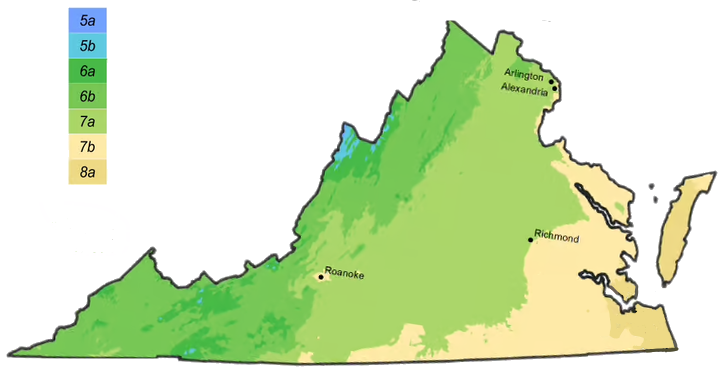
Habitat: dry slopes, prairies, borders of woods
Wildlife value: The plant provides excellent cover year round for birds and mammals, seeds are eaten by songbirds and the plant is highly resistant to deer grazing. Preferred food source for various grasshopper species.
Notes: Extremely flammable. Tall clump grass with beautiful seed head. Looks good in masses. Light straw color in winter. May naturalize by self-seeding in optimum growing conditions, but you can cut it back to the ground in late winter to early spring just before the new growth appears.
Earth Sangha Inventory
Founded in 1997, the Earth Sangha is a nonprofit public charity based in the Washington, DC, region. The Wild Plant Nursery is the most comprehensive source of local-ecotype, native plants in the Washington DC region, and the region’s only facility dedicated exclusively to this type of propagation. “Local-ecotype” plants are propagated from local, wild, naturally-occurring populations and are well-adapted to local conditions and for wildlife species that depend on the local forms, such as pollinators. Inventory is updated on a weekly basis so number may not be accurate.
| Pots Available | Plugs Available | Location | Notes | ||
|---|---|---|---|---|---|
| 0 | 0 | Row E |
Reserved for conservation projects |
View My Wishlist |
